Paleontologist Discovers The World’s Smallest Dinosaur
Scientific discoveries happen every day. One of the biggest finds happened in northern Myanmar. Scientists stumbled upon one of the most peculiar fossils that had been enveloped in amber for over 99 million years. After examining the fossil, they knew this was a new species altogether. Keep reading to learn about their groundbreaking research and what this means for prehistoric history.
Meet Xing Lida

Xing Lida is a paleontologist who's an expert on fossils and spends his time looking for as many as he can. He searches all over Asia in order to find the most unique fossils.
He usually knew what he was looking at when he would pick up a fossil, but there was one that completely threw him off.
Sneaking Over To Myanmar

Anyone who knows anything about fossils is aware that some of the best finds are in Myanmar. This is why it's extremely difficult to have the freedom to look for fossils there.
Lida had to sneak over to Myanmar and go digging for fossils without anyone knowing. He soon found one of the greatest scientific discoveries of all time.
Myanmar Looked A Lot Different During The Prehistoric Age

One of the reasons why Myanmar is one of the best places to look for fossils is because its terrain was so vast.
During the prehistoric age, there were tons of large forests, a wide range of different animal species, and wild weather patterns. One of the results of the weather would cause the trees to drip resin on the ground.
The Resin Preserved The Animals
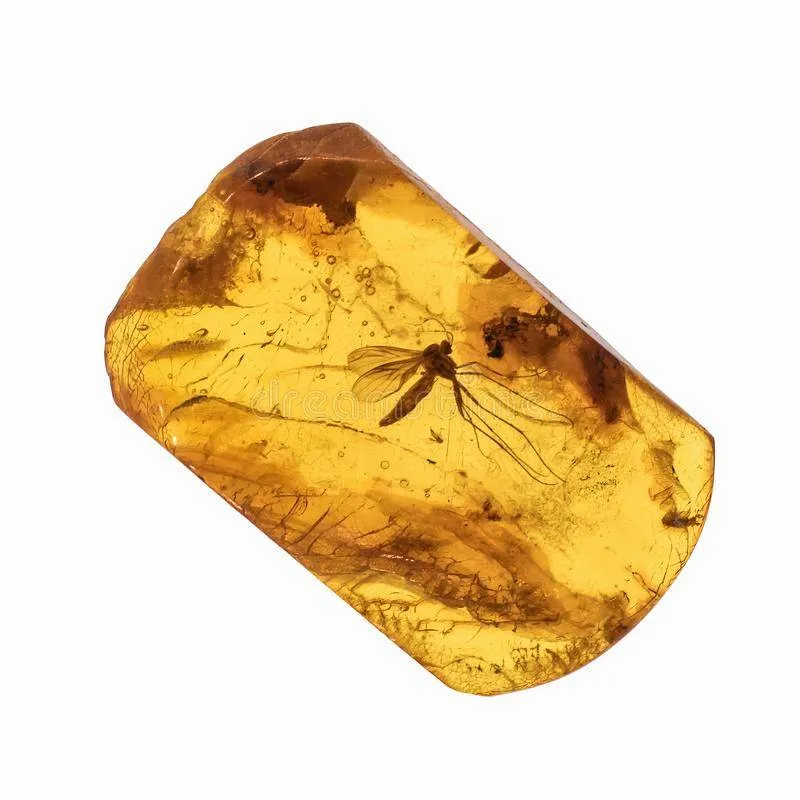
Any creature who was on the ground during a resin spillage would get itself stuck in it forever. The gas within the resin would then turn into a hard substance called amber.
Amber is one of the best ways to preserve something because it stops the decomposition of the creature and wards off any fungi trying to get through.
Myanmar Has A Ton Of Amber Fossils
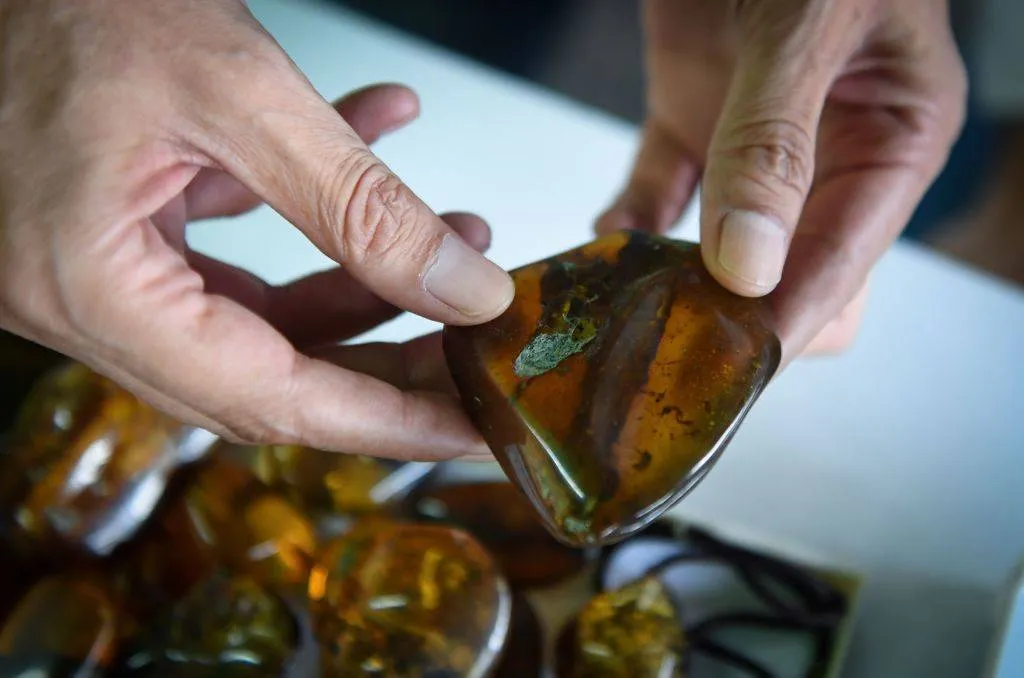
Myanmar is one of the most frequent areas that people are able to discover these amber fossils. While other countries usually find insects, Myanmar fossils have all kinds of prehistoric creatures.
While this could make any science fanatic want to flock to this Asian country, there are some obstacles in the way.
Trouble In Myanmar

Most people need to go to the hills of Tanai, Kachin, Myanmar to find these rare amber fossils. Unfortunately, the country of Kachin is under the rule of a powerful army.
The Kachin army does not want people coming and taking their resources and they will go to great lengths to protect them.
Lida Was Lucky

Fortunately for Lida, he was able to sneak into this area and find the dig site. Almost instantly, he discovered priceless chunks of amber.
Now, the only way to get to the dig sites is for Kachin miners to climb through narrow shafts and go about 328 feet underground. Then, they must only dig with their bare hands.
What Happens To The Fossils
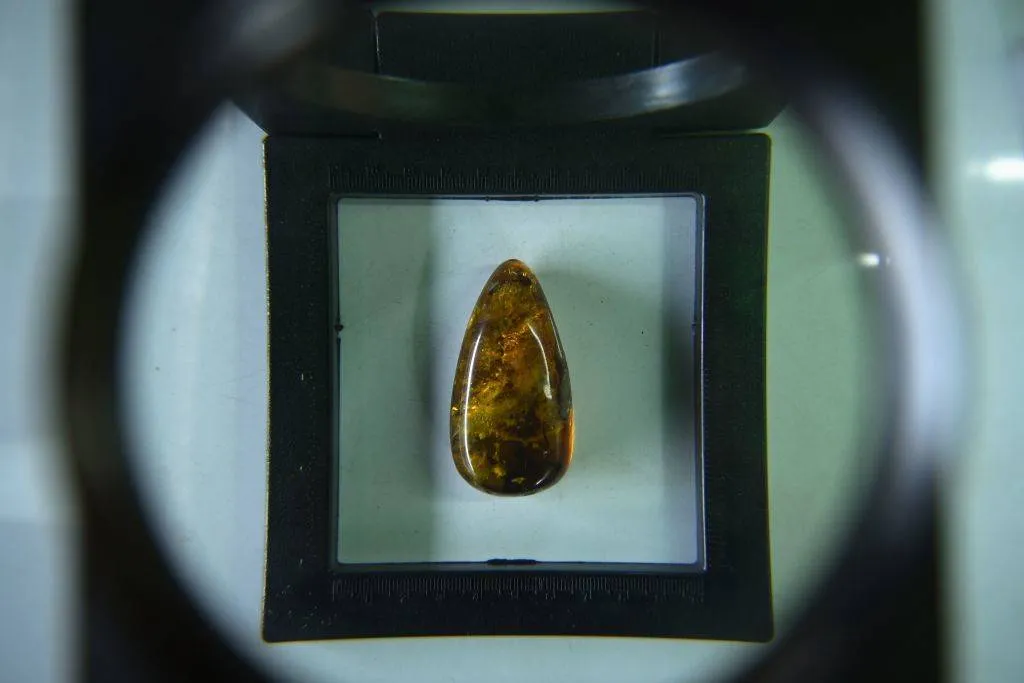
The miners who make their way down the shafts have to bribe the army to use the land and then split their profit with them. Within the last few years, there have been about 1,200 animals and plants found preserved in the amber.
National Geographic said some of these creatures have included insects, snakes, and dinosaurs with their feathers still intact.
Lida Notices Something Unique About His Fossil
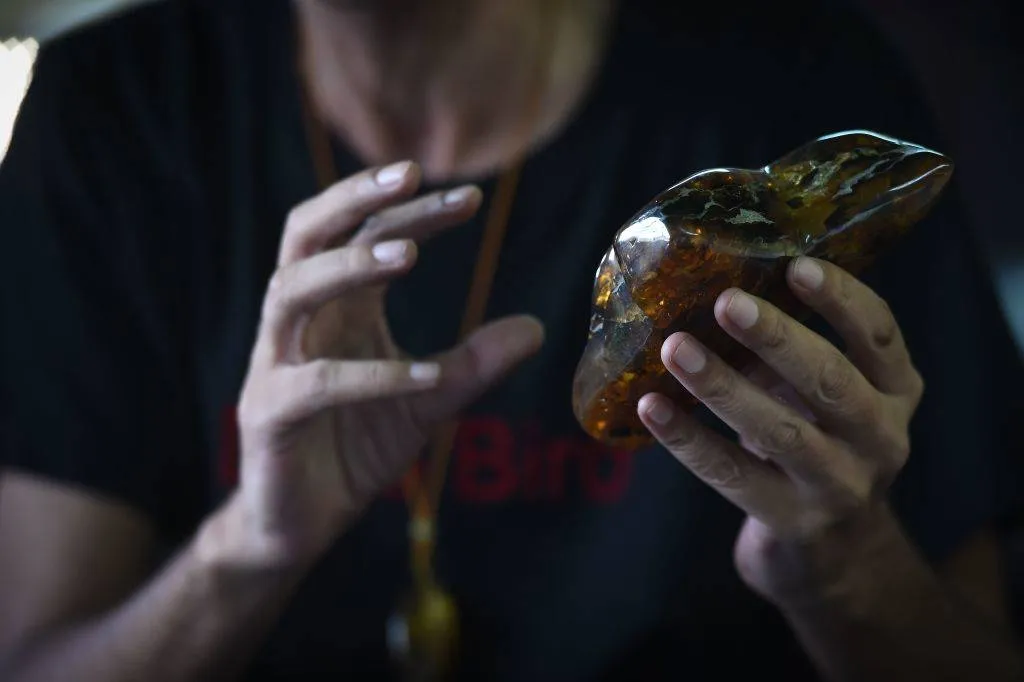
Lida knew he had found something unlike his other fossils when he peered over at a particularly tiny amber piece. He initially thought the 1.5-centimeter animal skull resembled some sort of prehistoric bird.
He distinctly remembers admiring its long nose and wide eyes, but another physical feature immediately caught his attention.
An Unusual Physical Feature
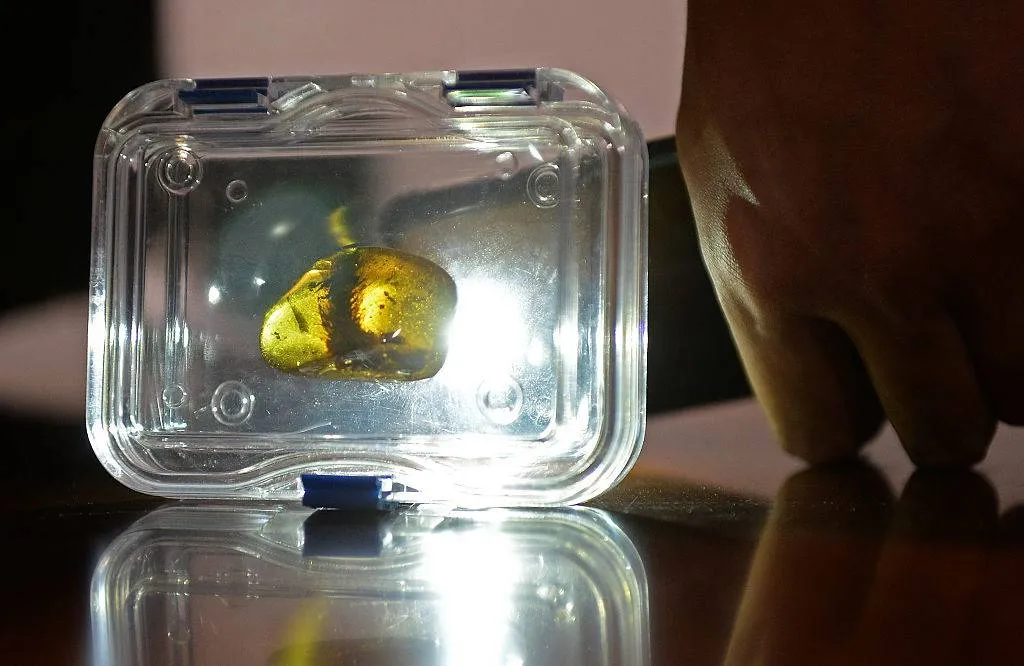
Lida took another look at the animal scull and noticed that it had a ton of teeth. The upper jaw had about 23 and they added up to 40 in total.
Each tooth measured at less than half of one millimeter in length and there were plenty of sharp fangs.
This Creature Was Almost Microscopic
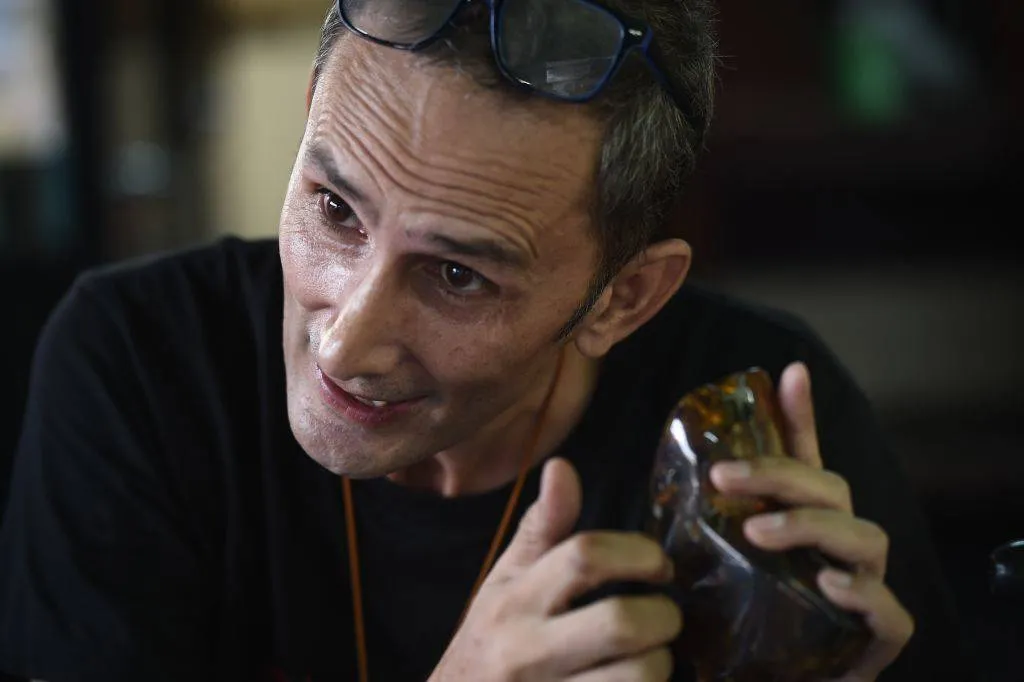
Researchers suggested that this new species must have been about the size of a modern-day bee hummingbird and probably weighed about a tenth of an ounce.
They thought this could possibly be the smallest dinosaur in the world and named it Oculudentavis, which is a Latin translation for bird, tooth, and eye.
This Was A Historic Moment
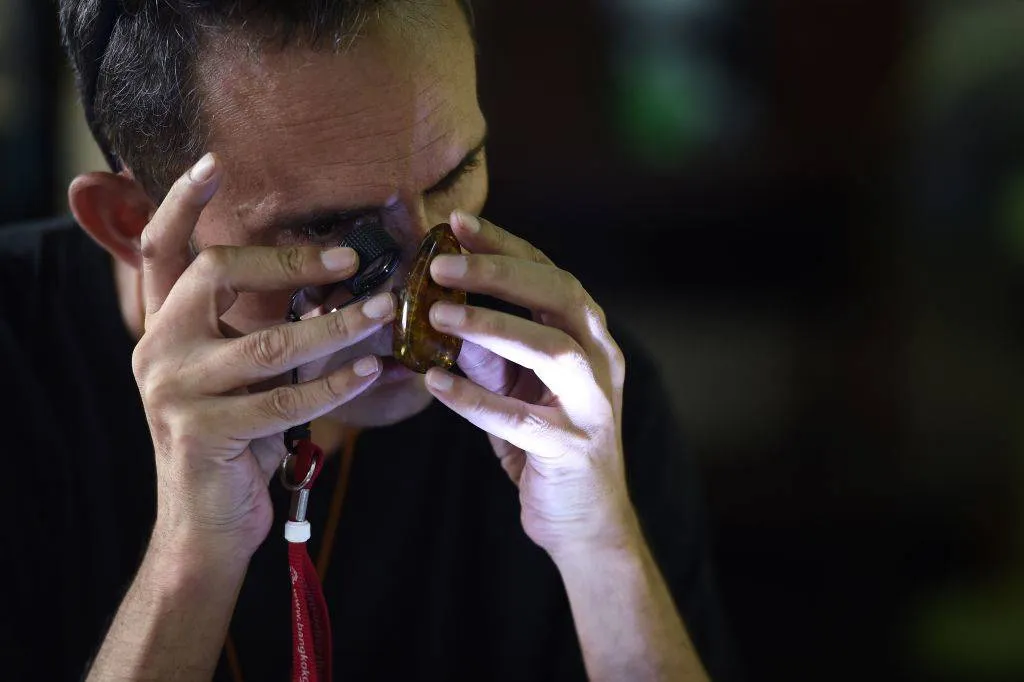
Most scientists were thrilled with the news of a possible new dinosaur species. Ryan Carney, a University of Central Florida paleontologist, said, "This is truly one of the rarest and most spectacular of finds!
Like capturing Cretaceous lightning in a bottle, this amber preserves an unprecedented snapshot of a miniature dinosaur skull with exciting new features."
Lida Sent The Fossil Off For X-Rays
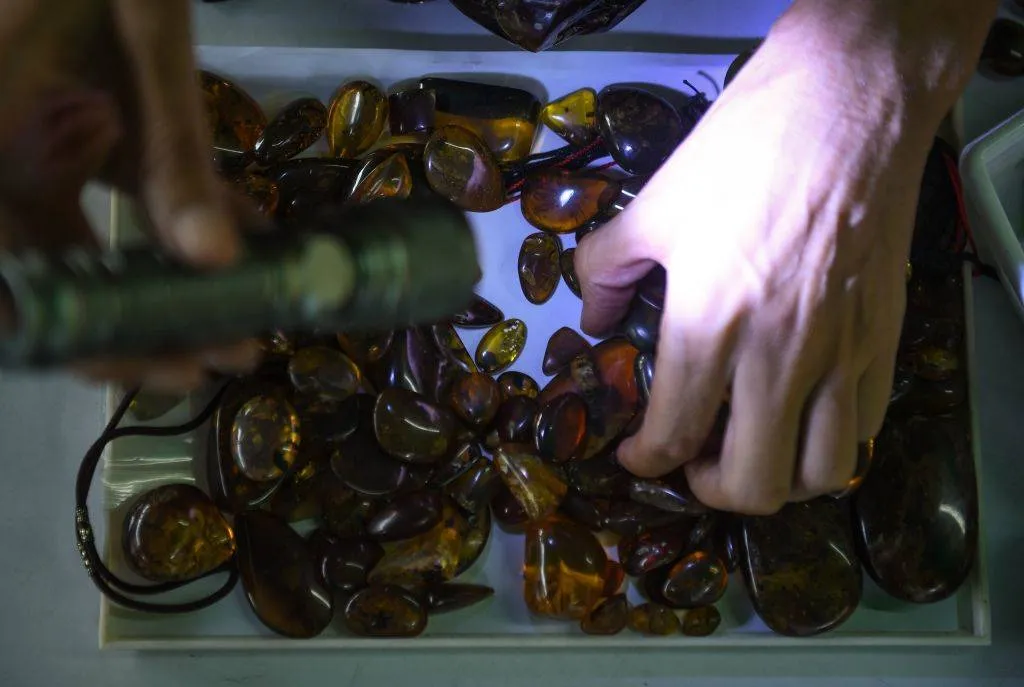
Lida was aware of how special his fossil was, so he sent it to get x-rayed at the Chinese University of Geosciences and the Institute of Vertebrate Palentology and Paleoanthropology.
The technicians were struck by how "pristine and well-preserved" the fossil had turned out to be. Then, it was up to them to determine its age.
How Old Was The Fossil?
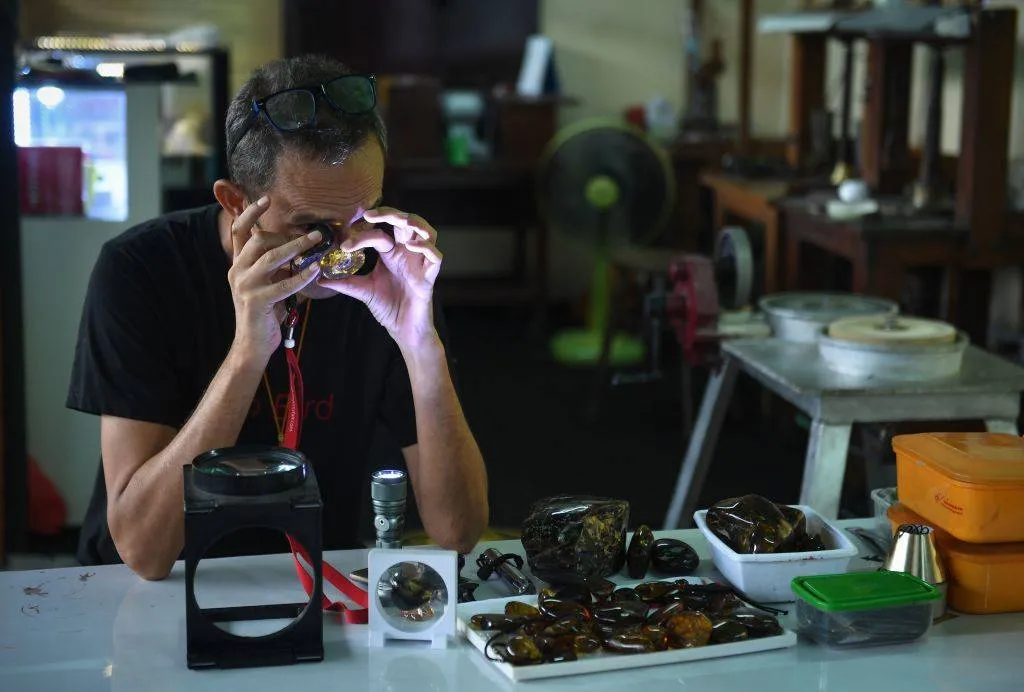
The x-ray technicians figured out that the creature inside the fossil must have been fully grown into adulthood when it got encased in the amber.
Just by looking at the fossil, the team was able to determine that it had been preserved for about 99 million years. There was still something that didn't sit quite right about the creature.
The Creature's Eyes Seemed Weird

After the x-ray technician noticed there was something off with the Oculudentavis' eyes, she went to a vision evolution researcher.
He concluded that the eyes on this creature were similar to a small bird, but the skull resembled a dinosaur. The researcher also discovered that the bones around its eyes hadn't been seen in other birds or dinosaurs.
It Could Be A Lizard
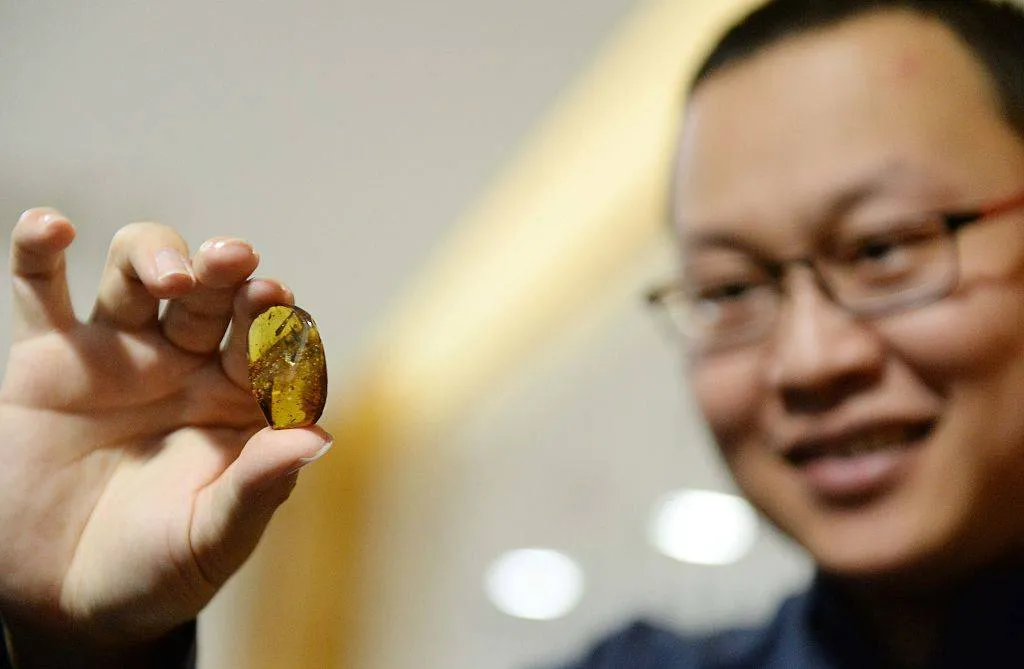
About a year after the findings for the fossil were published in Nature, a new team determined that their research could be wrong. They believed that while the creature was mistaken to be a bird or dinosaur, it was actually some kind of lizard.
One of the traits that brought this to their attention was the teeth fused to its jaw.
Why It Was Mistaken For A Dinosaur
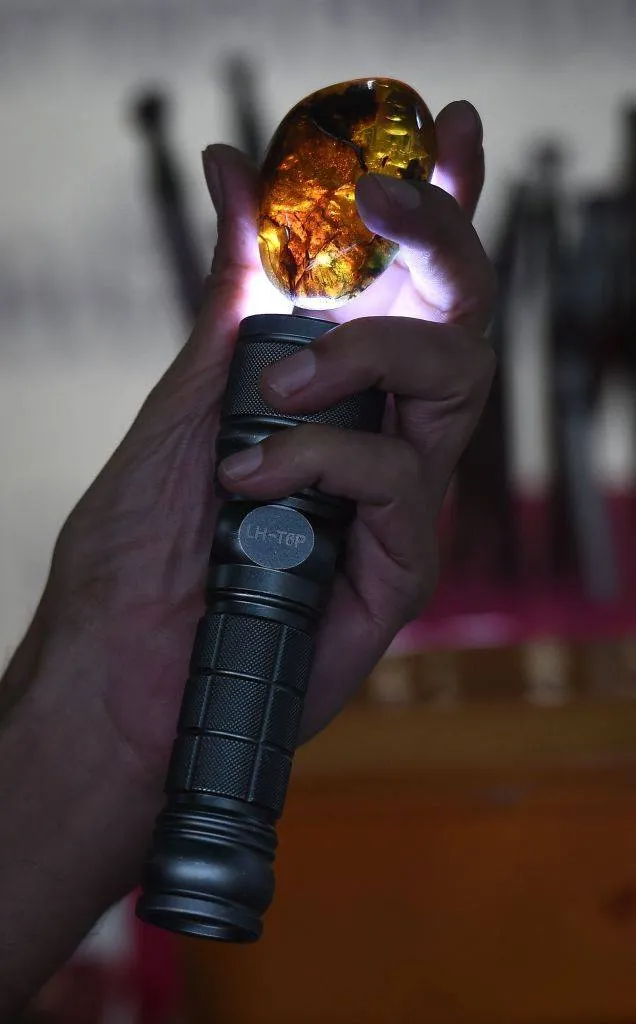
"The long and tapering snout and the vaulted skull roof gave the first fossil the overall appearance of a bird-like creature," said paleontologist Arnau Bolet.
Also, the creature's skull bones were similar to lizard-like reptiles and not birds. But, lizards during the prehistoric age didn't really look like the lizards people see today.
Getting Another Fossil
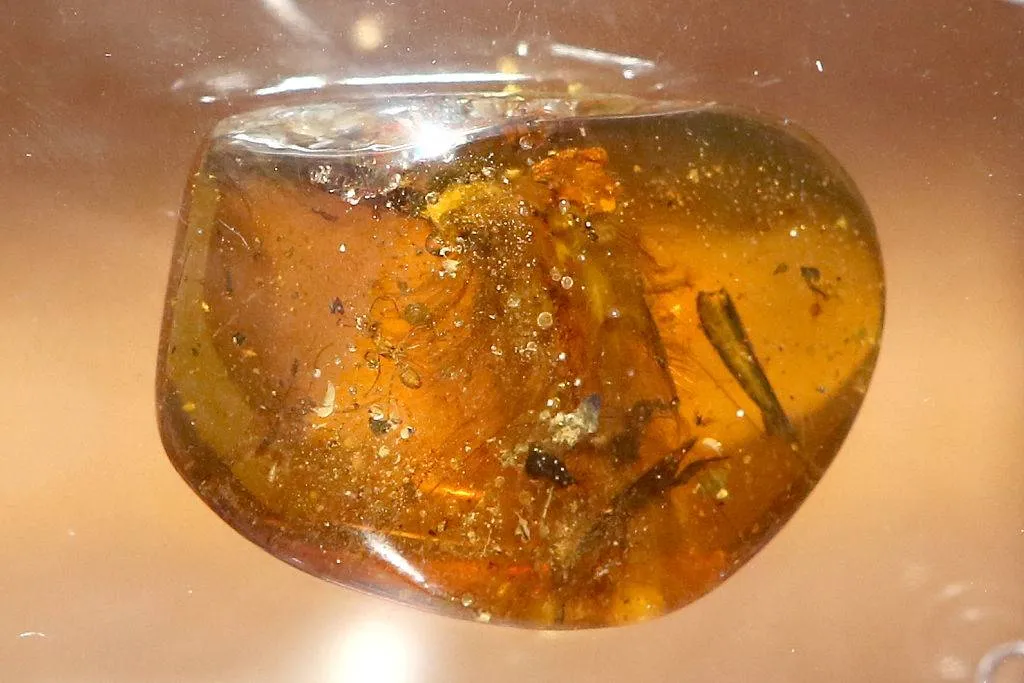
Researchers were able to find another fossil of a similar specimen and did some CT scans on it. They gave it a new name called Oculudentavis naga, which is named after the Naga people near the Myanmar amber mines.
The researchers believed that it might be an ancient version of a lizard.
Why This Lizard Was Different

Modern-day tuataras look like lizards but are actually from a different evolutionary group from over 250 million years ago. Other creatures that are part of this group include snakes and worm lizards.
One researcher explained that the fossil likely didn't come from birds or lizards, but rather some kind of "proto-lizard things."
How These Creatures Used To Live

The Oculdentavis species is still much of a mystery to scientists, but there are still some things they were able to conclude. The shape of its jaw and the tiny teeth allowed it to snatch insects easily.
Their wide eyes made it easier for them to see during the day, so they could gather food. Also, they had some skin folds they would display to others.
How The Oculudentavis Ended Up In Myanmar
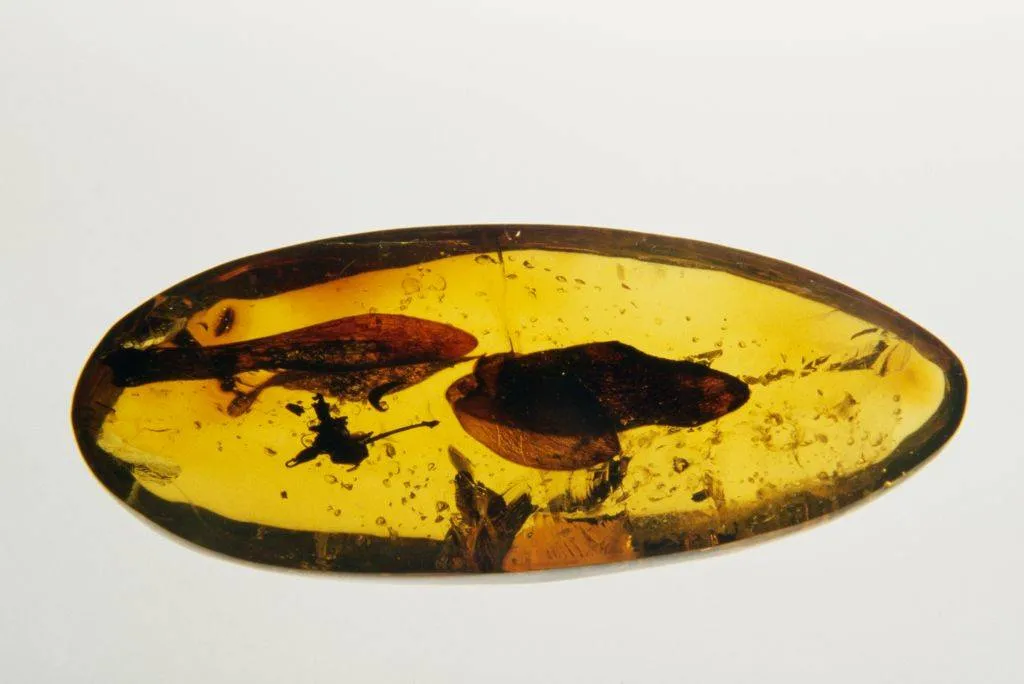
Some may be wondering why the Oculudentavis was only found in Myanmar. This is likely because tiny creatures such as this one would gather in places where resources were scarce.
Paleontologist Rebecca Hunt-Foster said that there would be no way for this species to have made it to the modern world.
The Research Isn't Over

There's still so much to explore about this lizard-like species. "It's a really weird animal. It's unlike any other lizard we have today," said herpetologist and biological sciences assistant professor Juan Diego Daza.
He went on to say, "We estimate that many lizards originated during this time, but they still hadn't evolved their modern appearance."
Some Discrepancy In The Research
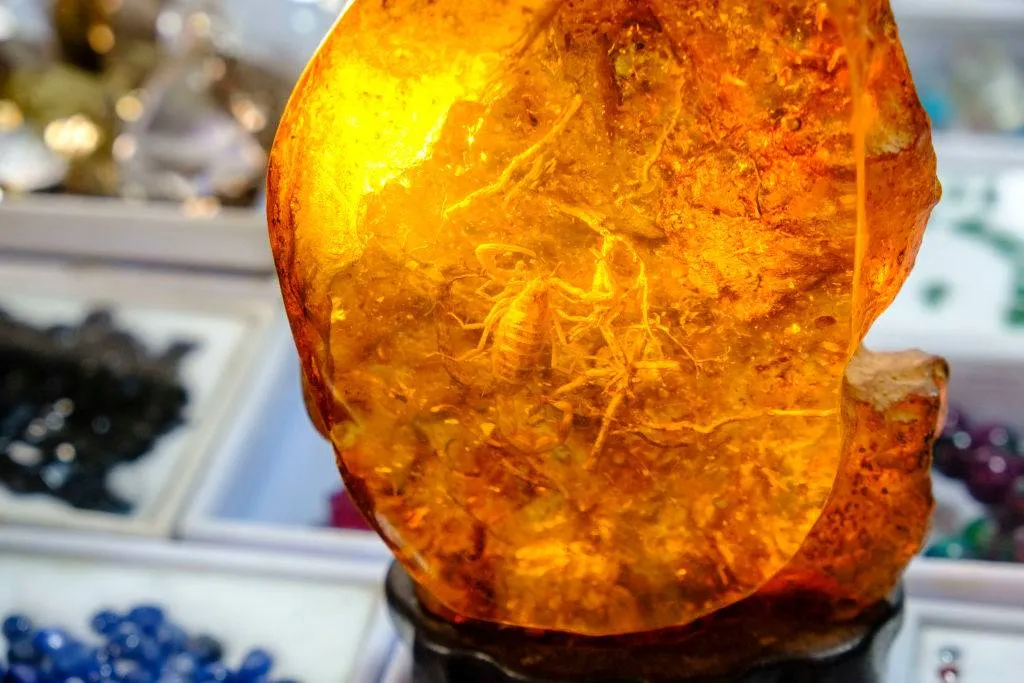
When the researchers were looking at the first fossil, they most likely didn't realize the skull had been deformed. When the teams got both of the fossils together, they realized that both of them were distorted.
This caused there to be more birdlike features in one and more lizardlike features in another, which is why researchers thought it was a small dinosaur.
Giving Credit Where Credit Is Due
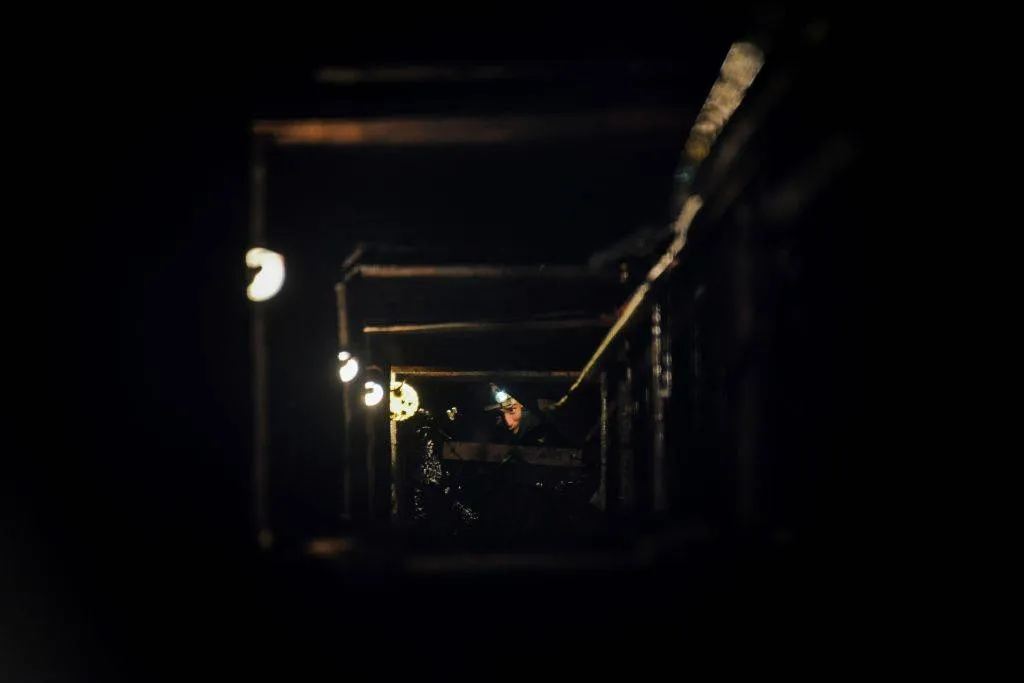
According to a report from the United Nations, the Myanmar military has caused a lot of catastrophe near the amber mines. Luckily, the amber used for this research was purchased before the military took over the area.
Now, it's up to the miners to retrieve the amber. "In the end, the credit should go to the miners who risk their lives to recover these amazing fossils," said Daza.









